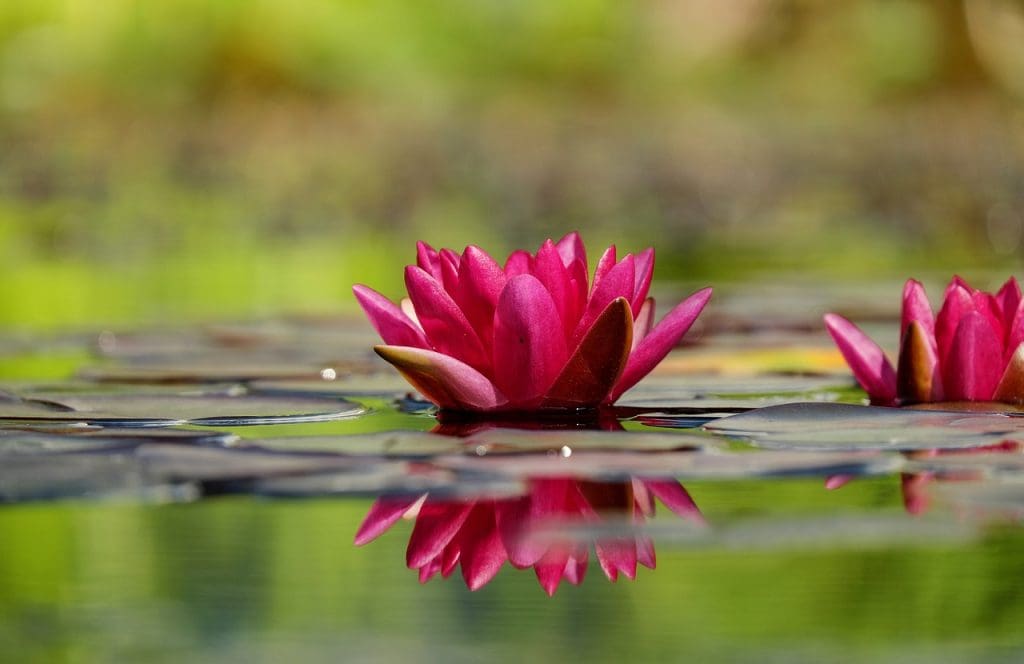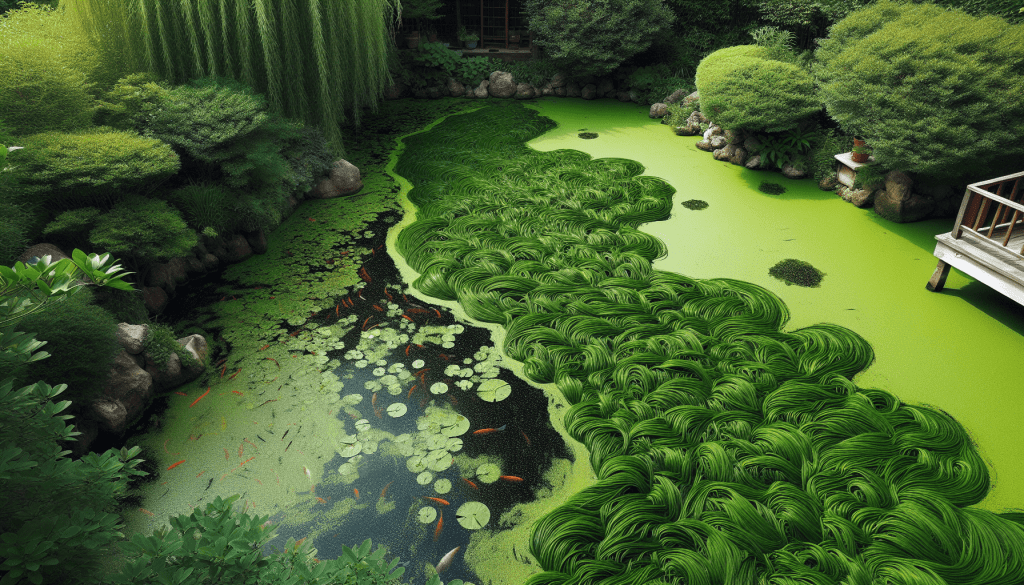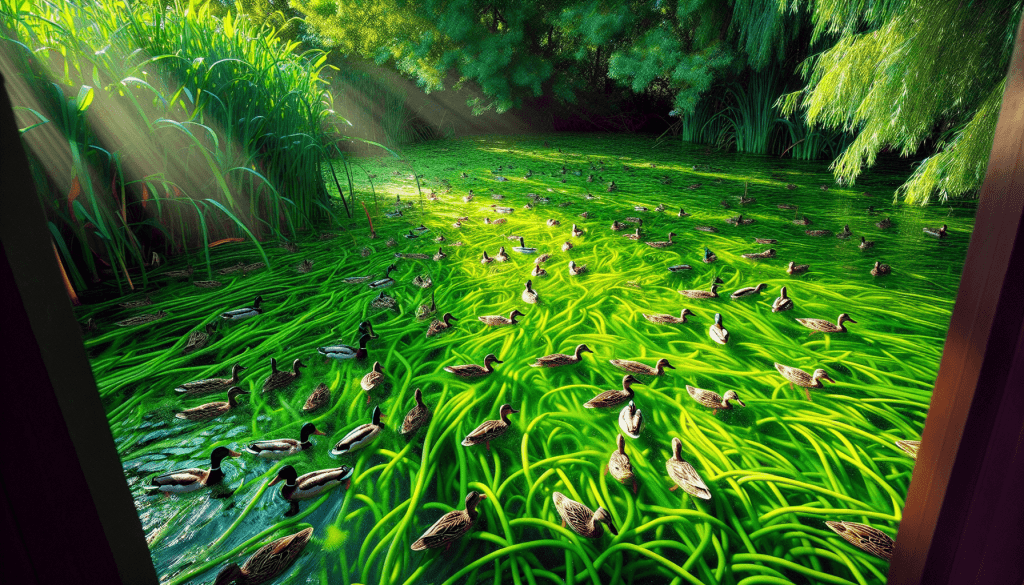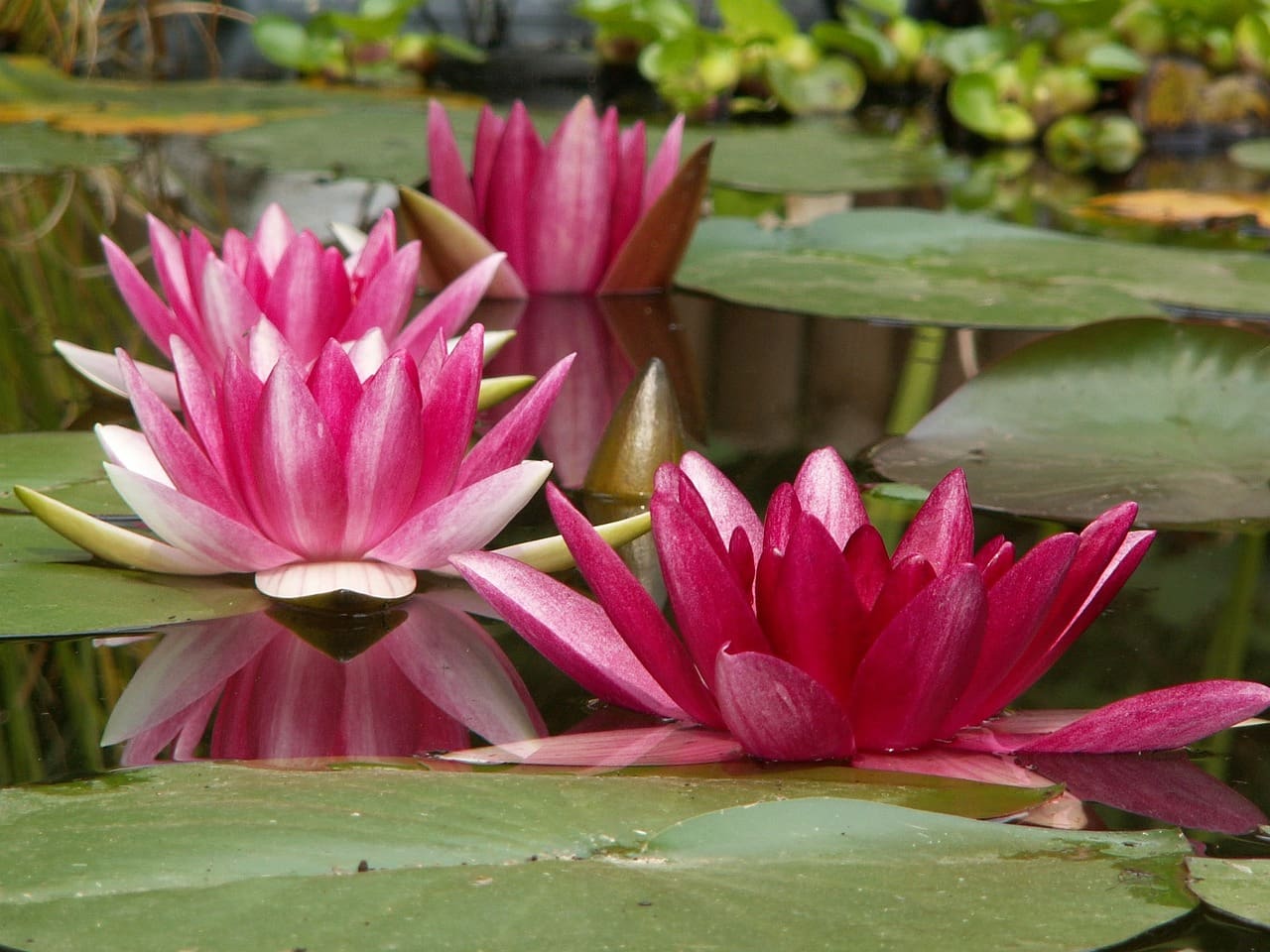In your journey to maintain a serene and balanced backyard pond, dealing with invasive species like alligator weed can seem daunting. “Restoring Balance In Your Backyard Pond: Alligator Weed Removal Techniques” provides you with practical methods and invaluable tips to tackle this pesky plant effectively. Discover how to rejuvenate your pond’s ecosystem and ensure a thriving aquatic environment, turning your pond into a peaceful retreat once more.
Restoring Balance In Your Backyard Pond: Alligator Weed Removal Techniques
Have you noticed your backyard pond overrun with alligator weed?
Pond maintenance can sometimes feel overwhelming, especially when invasive plants like alligator weed take over. This aggressive, fast-growing plant can quickly disrupt the balance of your pond’s ecosystem, crowding out native species and making your picturesque water feature less enjoyable. But don’t worry — you can tackle this issue head-on and restore the natural harmony of your pond. Let’s dive into some effective alligator weed removal techniques together.

Understanding Alligator Weed
Before we jump into removal techniques, it’s important to understand what alligator weed is and why it’s a problem for your pond.
What is Alligator Weed?
Alligator weed (Alternanthera philoxeroides) is an invasive aquatic plant native to South America. It has made its way into water bodies around the world and is known for its rapid growth and ability to form dense mats on the water surface.
Why is Alligator Weed a Problem?
This weed isn’t just an eyesore. It can have serious consequences for your pond:
- Ecosystem Disruption: Alligator weed can outcompete and displace native plant species.
- Water Quality Issues: Dense mats of this weed can deplete oxygen in the water, affecting fish and other aquatic life.
- Obstruction: It can clog waterways, streams, and drainage systems, contributing to flooding problems.
- Recreational Nuisance: The dense growth can impede recreational activities like fishing, boating, and swimming.

Identifying Alligator Weed
Paying close attention to the characteristics of alligator weed will help you differentiate it from other plants. Here’s what to look for:
Physical Characteristics
- Leaves: The leaves are elongated, typically 2-10 cm in length and 0.5-2 cm wide, and are arranged oppositely along the stem.
- Flowers: Small, white, clover-like flowers that grow in clusters.
- Stems: Hollow and can root at the nodes, making the plant difficult to eradicate once established.
Habitat
Alligator weed prefers moist environments, making ponds, lakes, and stream banks ideal places for its growth. However, it can also survive on dry land, which adds to its invasive potential.

Alligator Weed Control Techniques
Armed with the right information, you’re now ready to explore different techniques for removing alligator weed from your pond.
Manual Removal
Manual removal is an immediate, though labor-intensive, method to control alligator weed.
Steps for Manual Removal:
- Gather Tools: You’ll need gloves, rakes, and possibly a small boat for larger ponds.
- Pull Uprooted Plants: Hand-pull the plants, ensuring you remove as much of the root system as possible to prevent regrowth.
- Dispose Properly: Place removed plants in a plastic bag and dispose of them in a landfill to prevent fragments from regenerating.
Pros and Cons:
| Advantages | Disadvantages |
|---|---|
| Immediate results | Labor-intensive |
| No chemicals required | Risk of regrowth from missed fragments |
| Environmentally friendly | Not suitable for large infestations |
Mechanical Removal
Equipment and Tools Needed
For larger infestations, mechanical removal methods can be more efficient.
| Equipment Needed | Purpose |
|---|---|
| Weed harvesters | Aquatic machines designed to cut and collect plant matter |
| Excavators | Useful for dredging and removing rooted plants |
| Aquatic weed cutters | Submersible tools to cut the weeds below the waterline |
Steps for Mechanical Removal
- Survey the Area: Map out the affected areas of your pond.
- Operate Machinery: Use aquatic weed harvesters and other tools to cut and collect the weeds.
- Post-Removal Inspection: Regularly inspect to ensure complete removal and monitor for any regrowth.
Pros and Cons:
| Advantages | Disadvantages |
|---|---|
| Efficient for large areas | High initial cost |
| Reduced labor | Potential environmental impact |
| Immediate results | Ongoing maintenance required |
Chemical Control
Herbicides can be a viable option for dealing with alligator weed but they must be used with caution to avoid harm to the ecosystem.
Types of Herbicides:
- Glyphosate: Effective but non-selective, meaning it can kill other plants as well.
- Diquat: A fast-acting herbicide that is often used in aquatic environments.
Application:
- Read Label Instructions: Always follow the manufacturer’s guidelines.
- Target Specific Areas: Avoid broadcasting to minimize impact on non-target species.
- Monitor Impact: Regularly check for any negative impact on your pond’s ecosystem.
Pros and Cons:
| Advantages | Disadvantages |
|---|---|
| Effective for large infestations | Risk of harming non-target species |
| Long-lasting results | Potential water quality impact |
| Easier application | Regulatory restrictions |
Biological Control
Introducing natural predators can help control alligator weed without chemicals.
Biological Agents:
- Alligator Weed Flea Beetle: Known to feed on the leaves and stems of the weed.
- Alligator Weed Thrips: These insects attack the growing tips and inhibit growth.
Steps for Biological Control:
- Research: Ensure the biological agents are available and approved for use in your area.
- Introduce Agents: Release them into the affected area of your pond.
- Monitor: Regularly check the progress and adjust the number of agents as necessary.
Pros and Cons:
| Advantages | Disadvantages |
|---|---|
| Environmentally friendly | Slow to see results |
| No chemical use | Potential imbalance if agents overpopulate |
| Self-sustaining over time | Limited availability of agents |

Long-Term Management
Once you’ve addressed the immediate alligator weed problem, it’s crucial to put measures in place to prevent future infestations.
Regular Monitoring
Inspect your pond regularly for any signs of new alligator weed growth. Early detection makes control much easier and more effective.
Pond Maintenance
Consistent pond maintenance like removing decaying plant matter, ensuring proper aeration, and maintaining water quality can help keep alligator weed and other invasive plants at bay.
Buffer Zones
Create buffer zones around your pond using native plants to reduce the likelihood of alligator weed spreading from nearby areas. These zones act as barriers, making it harder for alligator weed to establish itself.
Avoid Nutrient Runoff
Excess nutrients from fertilizers can promote unwanted plant growth in your pond. Implement practices to minimize runoff, such as using controlled-release fertilizers and installing buffer strips of vegetation around your pond.

Conclusion
Restoring balance to your backyard pond affected by alligator weed doesn’t have to be a daunting task. With the right knowledge and tools, you can effectively manage and remove this invasive plant, ensuring your pond remains a beautiful, thriving ecosystem. Whether you choose manual, mechanical, chemical, or biological methods, the key is consistent monitoring and maintenance.
Feel free to share your experiences and tips on dealing with alligator weed — together, we can help each other maintain beautiful, healthy backyard ponds!
